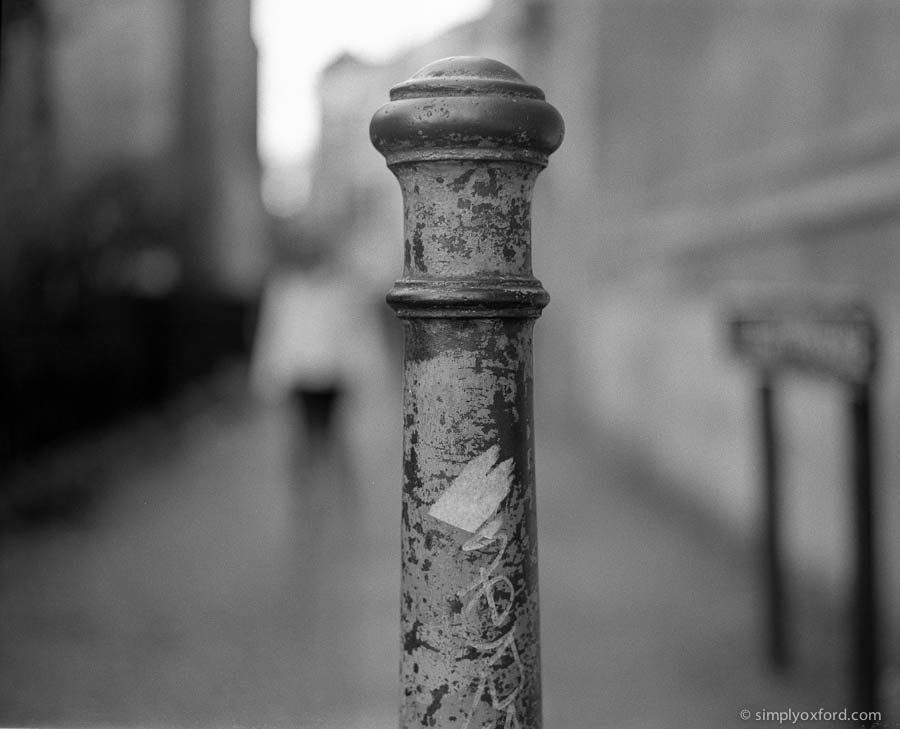Formalism is the formal and visual elements of a photograph. what these Elements consist of is the line, shape, balance, repetition and rhythm inside a photograph.
Examples:
These images all contain one or more of these elements, either through line, repetition or shape.
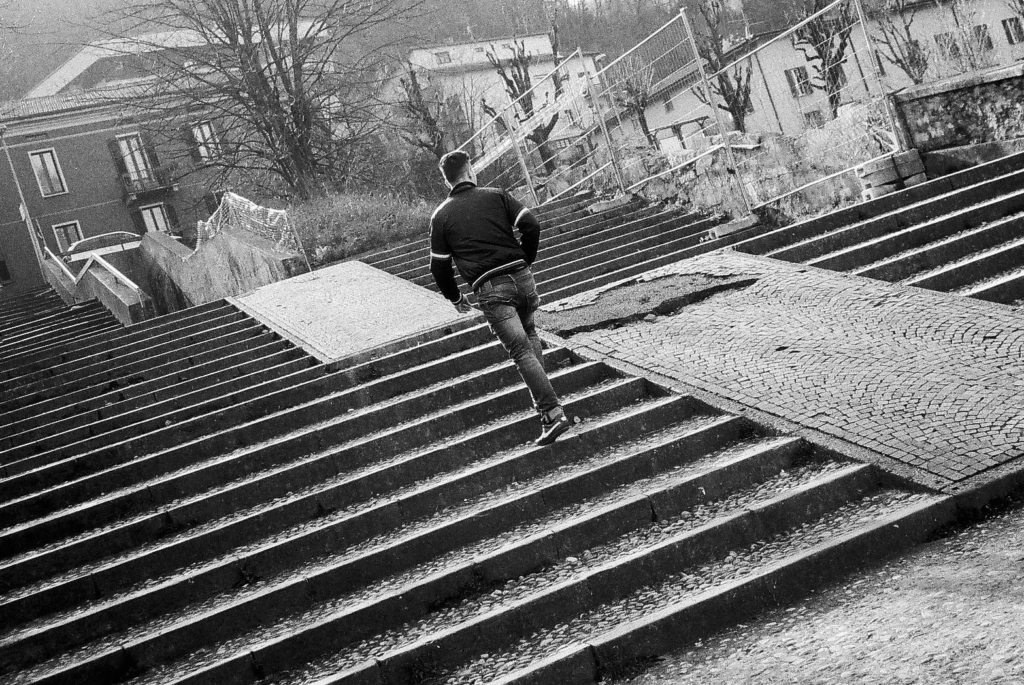
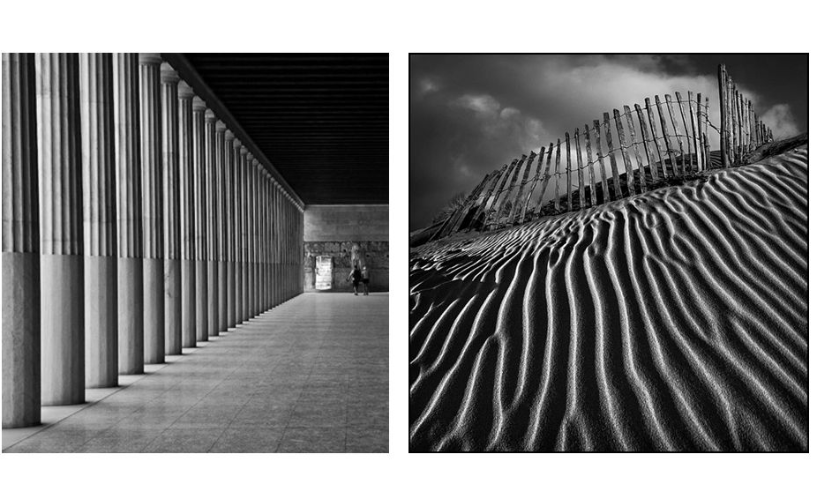
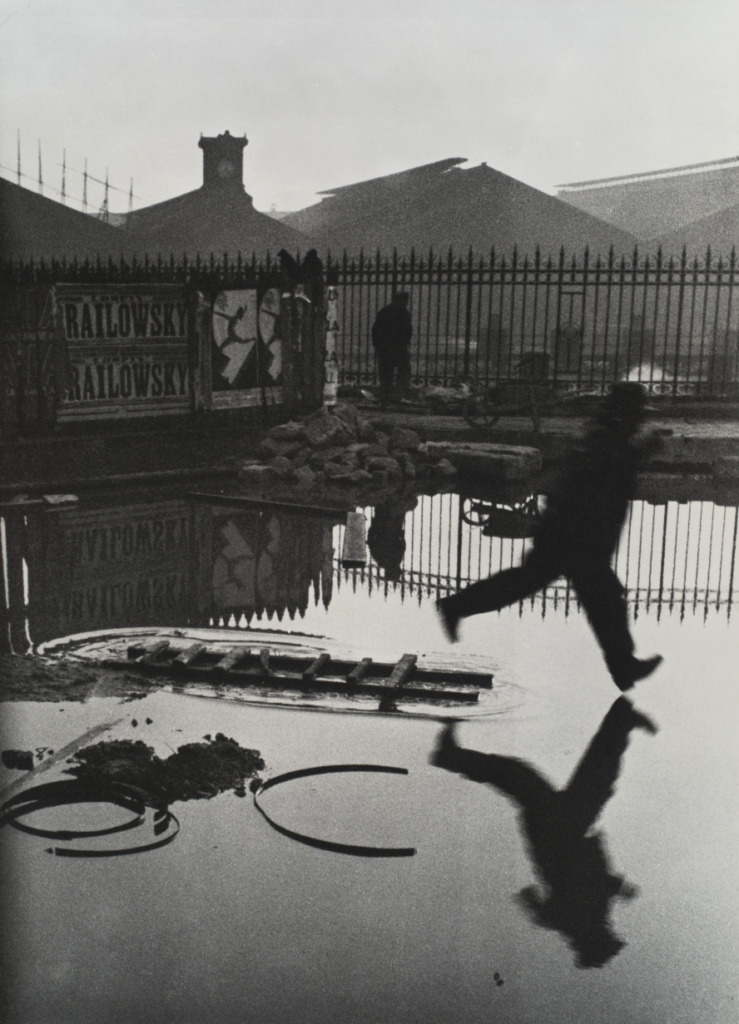
The other basic elements to Photography that also make up the visual and formal elements consist of:
Lines – Lines In photography can alternate in their appearances. This can be shown through either straight or curved, vertical or horizontal, Man-made or organic to nature.
Lines can also be orientated in different ways to make a photograph more diverse, Lines often help to connect points in an image and almost every image has them.
Examples:
(oriented lines)

(Lines in nature)

(man-made lines)

Shape – Shapes, formed by lines and shadow, are the visible makeup characteristics of an object within an image. Shapes in a photograph can be made up of familiar or unfamiliar shapes such as a circle or a merge of different ones.
Defined by their value through the following elements Texture, Brightness/Darkness, Pattern can define what becomes a shape in a photograph. Shapes are a key feature in photographs as its one of the first elements you visualise.
examples:
(Familiar – Diamond shape)
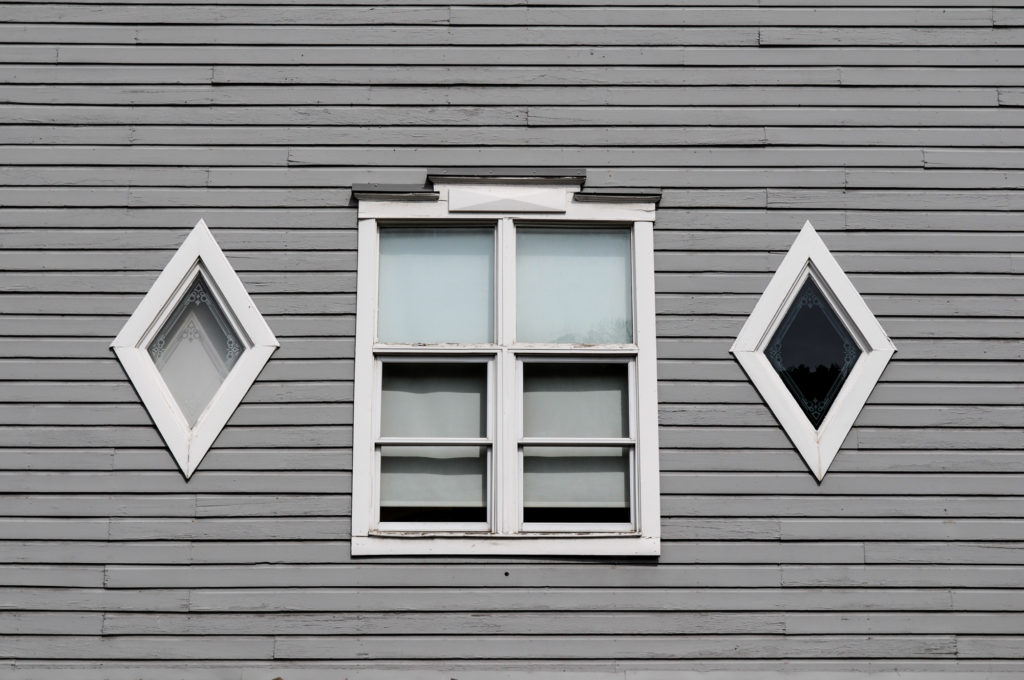
(Unfamiliar – newly created shape)
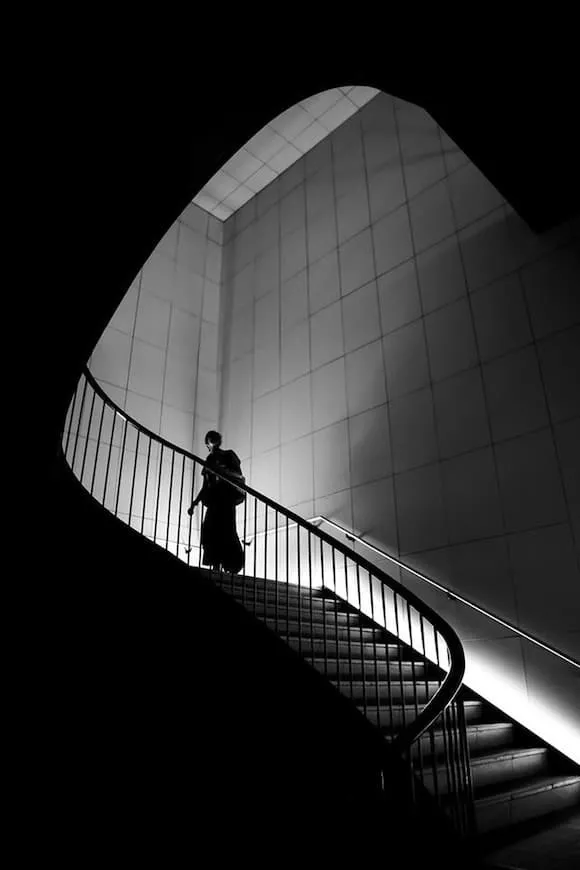
Form – Form is the differentiation from shape as it portrays 3D elements rather than the 2D elements shape portrays. Form is the shape and structure of something in a photograph.
Similar to shape, form can be put into 2 categories of natural and unnatural. Geometric forms are the familiar, such as cubes, pyramids, cylinders. Whilst Organic forms are the unfamiliar, created out an amalgamation of more than one. Form, yet again like shape is almost everywhere in an image.
Examples:
(Geometric – the familiar, the form of the human body)

(Organic – the unfamiliar, shown by the form of this spitfire – shadow helps to define it.)

Texture – By definition, Texture is the visual or tactile surface characteristics and appearances of something. By using what we describe as textures in real life (e.g. rough, smooth, soft, wet) we can do the same for texture.
Similar to form, texture can be shown by 3D appearances, tonality and variations. Texture in photographs can appear in scenic photos such as buildings or trees. Texture can change however there is always factors that leave them up for perception.
Texture is not only limited by objects, but also facial features on people.
(Texture – shown through an old wall)
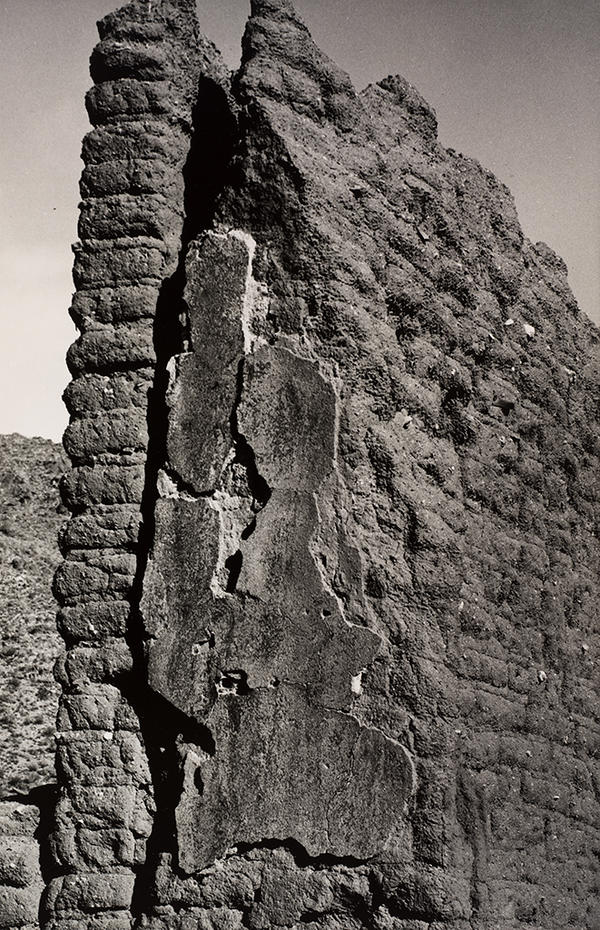
Colour – Colour in photography are made up of the hue and saturation and brightness of an image. It falls into 3 properties: Hue ( the colour), Value (the balance of white to black) and Saturation (the intensity or purity of a colour).
Colours in photography can be seen through light, made artificially or naturally. Colour is also present in all images other than grayscale photographs. Colour helps set the tone of an image and can visually express the emotions behind the picture.
(Vibrant Hue and Saturation portray this image in a positive light)
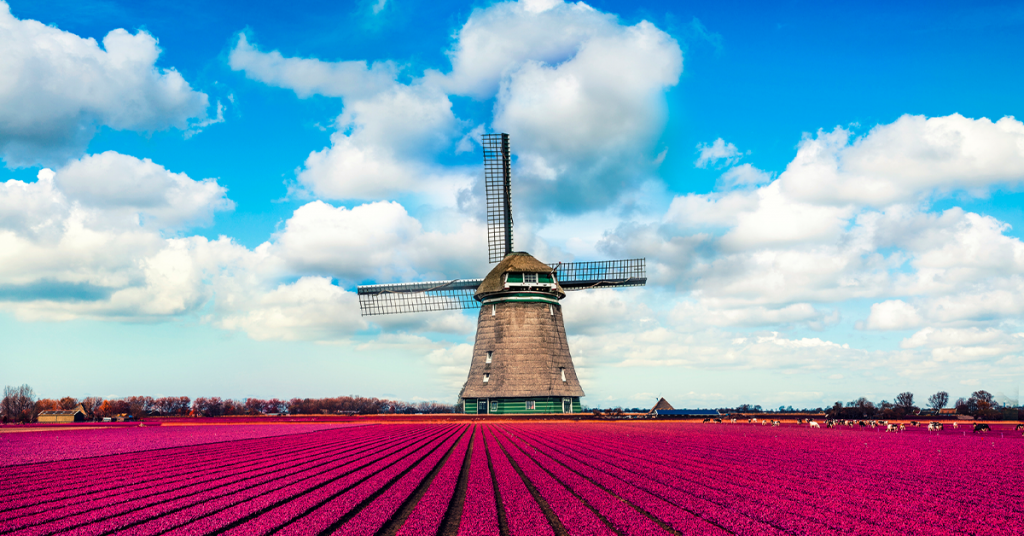
(Natural lighting – created through the sun setting)

Size – Size in photography is the physical magnitude or proportionate dimensions of an object. Size varies in a photograph based on how its scoped, this is because size can become an optical illusion in a picture via shot-angle. By seeing something familiar sized (like a person) it can scope to us the size of the scene.
Smaller sized objects (like flowers) can be sized up by photography making the viewer able to pay attention and appreciate the smaller things in life, both figuratively and literally.
(By having a person in the shot, it puts to scope the size of the F-22 Raptor)
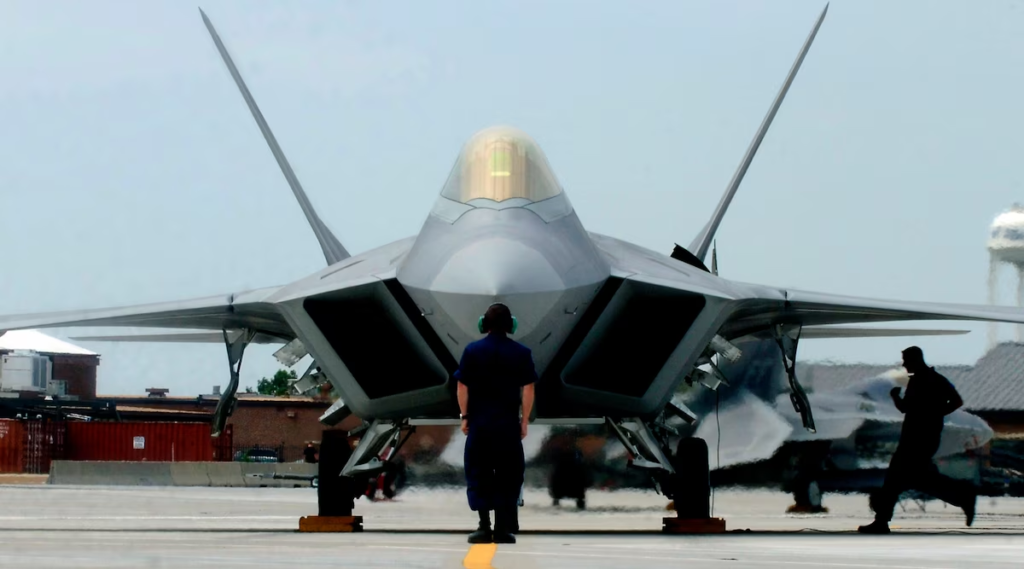
(By closely sizing down the shot, things not usually seen are shown in more detail)
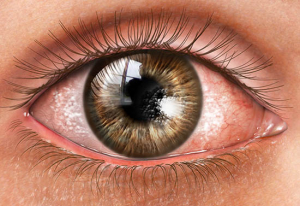
Depth – Depth in photography, also made up of shape, space and form, is recreated through the size and depth of the surroundings of the image.
In relation to size, depth is created through the space of photograph. Visual indicators in depth can convey where the viewer must look, this can be shown by blurred areas or certain perspectives on a subject/object in the photograph.
Depth can also depend on the texture of an image, with different gradients of texture creating it.
(depth – long depth of field textures the images surroundings)
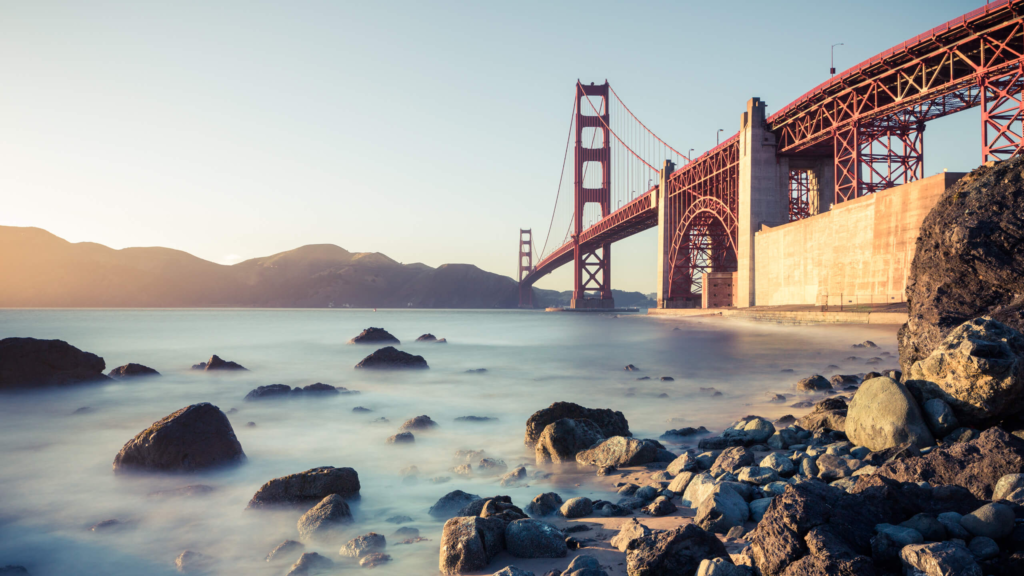
(Low depth of field helps create a deeper focus on the subject of the image)
